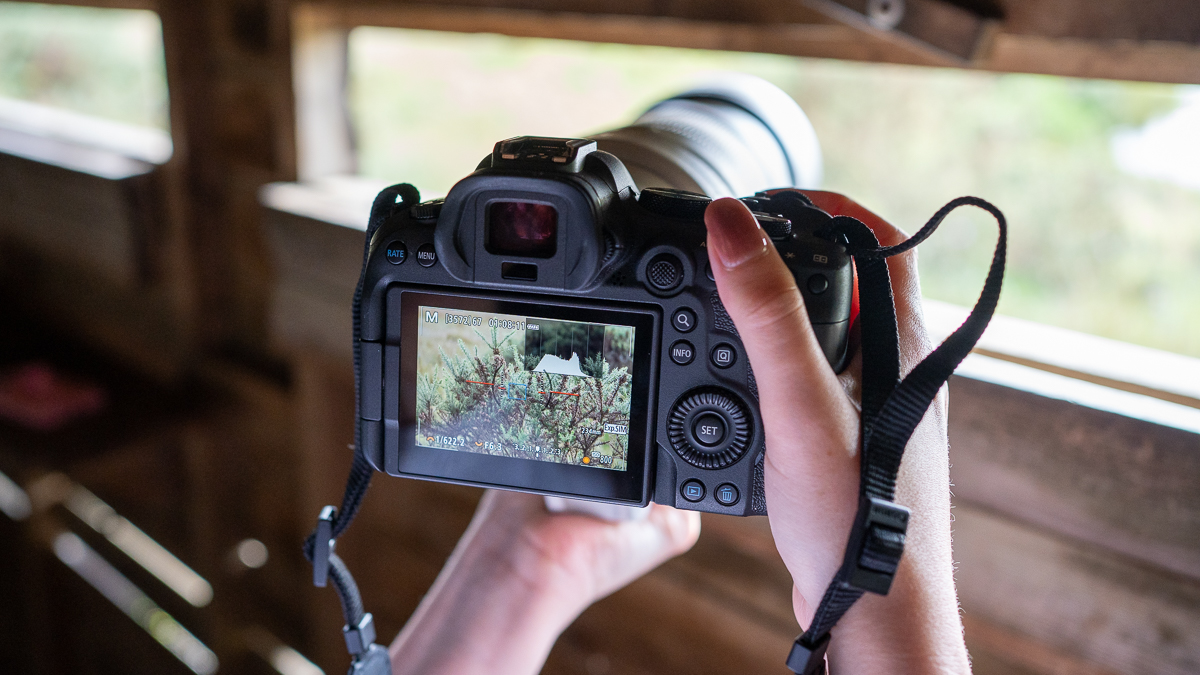Tarkhan Dress: World's oldest known outfit was worn to an ancient Egyptian funeral 5,000 years ago
The world's oldest known dress is a simple V-necked garment that was overlooked as rags for decades.

Name: Tarkhan Dress
What it is: A woven linen garment
Where it is from: Tarkhan Cemetery, Giza governorate, Egypt
When it was made: Between 3500 and 3100 B.C.
More than five millennia ago, an Egyptian weaver created a simple, tailored linen dress, likely not realizing just how long it would stick around. The Tarkhan Dress, carbon-dated to 3482 to 3102 B.C., is the world's oldest known complex woven garment — meaning an item of clothing that was cut and fitted rather than draped or wrapped.
The dress was found by Sir Flinders Petrie in 1913 as he excavated a mastaba — a large, rectangular, flat-topped Egyptian tomb — near the town of Tarkhan, about 37 miles (60 kilometers) south of Cairo. Petrie found more than 2,000 tombs in the Tarkhan necropolis, many of which dated to the late Protodynastic and Early Dynastic periods (around 3100 B.C.) when pharaohs first ruled a unified Egypt.
Within the mastaba, Petrie found what he called a "great pile of linen cloth" that past tomb raiders appear to have chucked to the side. Although Petrie brought the cloth back to the U.K., the Tarkhan Dress sat in a pile until 1977, when conservators at the Victoria and Albert Museum in London realized what it was.
Sporting a modest V-neckline, the dress was made from three pieces of linen hand-woven from flax (Linum usitatissimum), according to the Petrie Museum of Egyptian Archaeology at University College London (UCL), where the Tarkhan Dress is on display. The sleeves and bodice have a knife-pleat decoration made from sharp, narrow folds in the fabric. The bottom of the garment is missing, so it is unclear whether it was a shirt, a tunic or a dress. But museum experts think it was made for a young, slim woman.
"The survival of highly perishable textiles in the archaeological record is exceptional," Alice Stevenson, now a professor of museum archaeology at UCL, wrote in a 2016 study, and "the survival of complete, or almost complete, articles of clothing even more so."
In the 2016 study, Stevenson and Michael Dee, now an isotope chemist at the University of Groningen in the Netherlands, confirmed the antiquity of the Tarkhan Dress, revealing that it was made "at the cusp of the First Dynasty."
Get the world’s most fascinating discoveries delivered straight to your inbox.
The dress was probably en vogue, Stevenson and Dee noted in the study, as funerary art from this time period shows deceased people wearing similar garments. But it wasn't made solely for a funeral — the Tarkhan Dress has evidence of wear, suggesting an elite person wore it before it became "funeral rags."
The Tarkhan Dress is the earliest surviving example of a cut, fitted and tailored garment, Stevenson and Richards noted, and is helping researchers better understand textile manufacturing during the rise of the ancient Egyptian civilization.

Kristina Killgrove is a staff writer at Live Science with a focus on archaeology and paleoanthropology news. Her articles have also appeared in venues such as Forbes, Smithsonian, and Mental Floss. Kristina holds a Ph.D. in biological anthropology and an M.A. in classical archaeology from the University of North Carolina, as well as a B.A. in Latin from the University of Virginia, and she was formerly a university professor and researcher. She has received awards from the Society for American Archaeology and the American Anthropological Association for her science writing.
You must confirm your public display name before commenting
Please logout and then login again, you will then be prompted to enter your display name.
